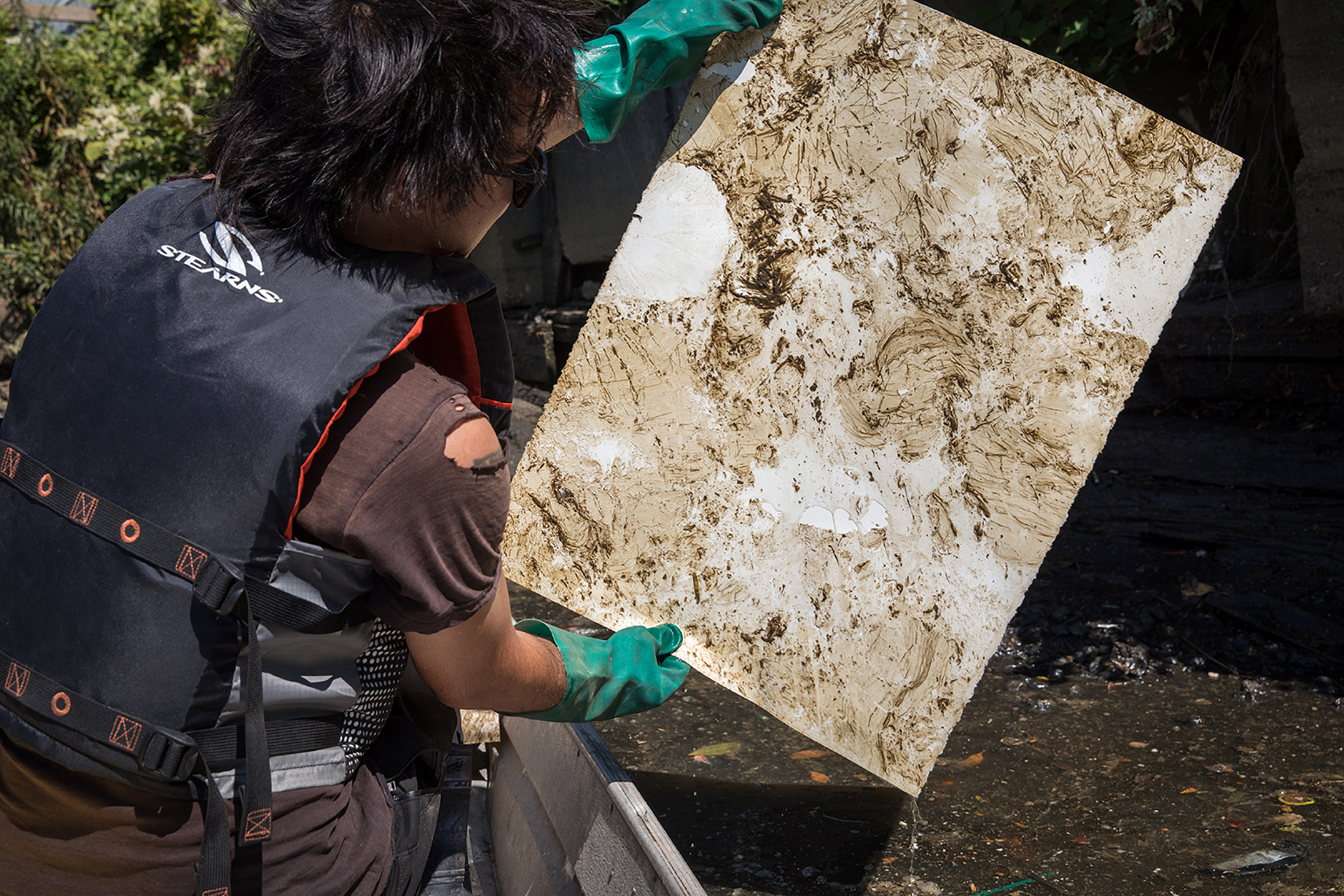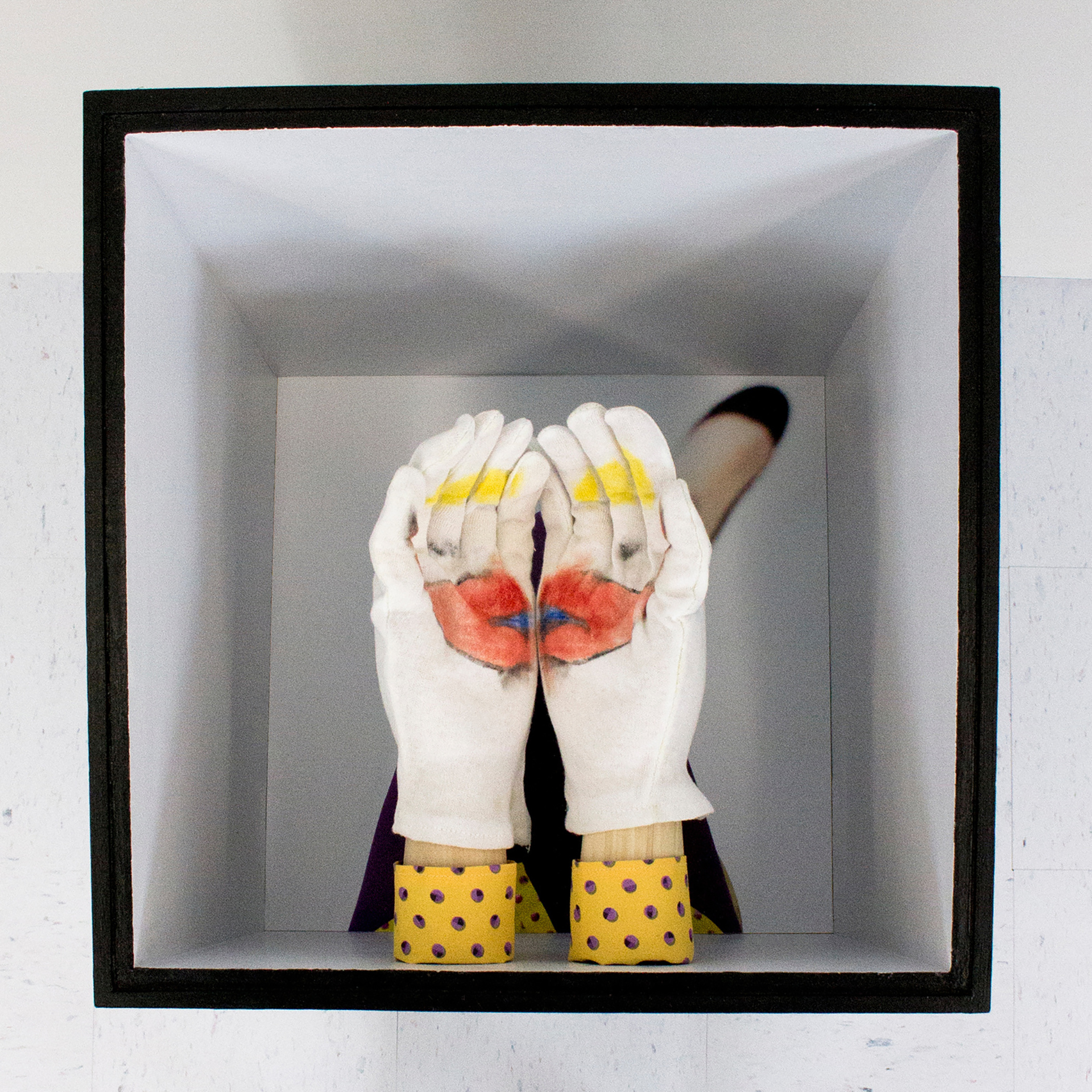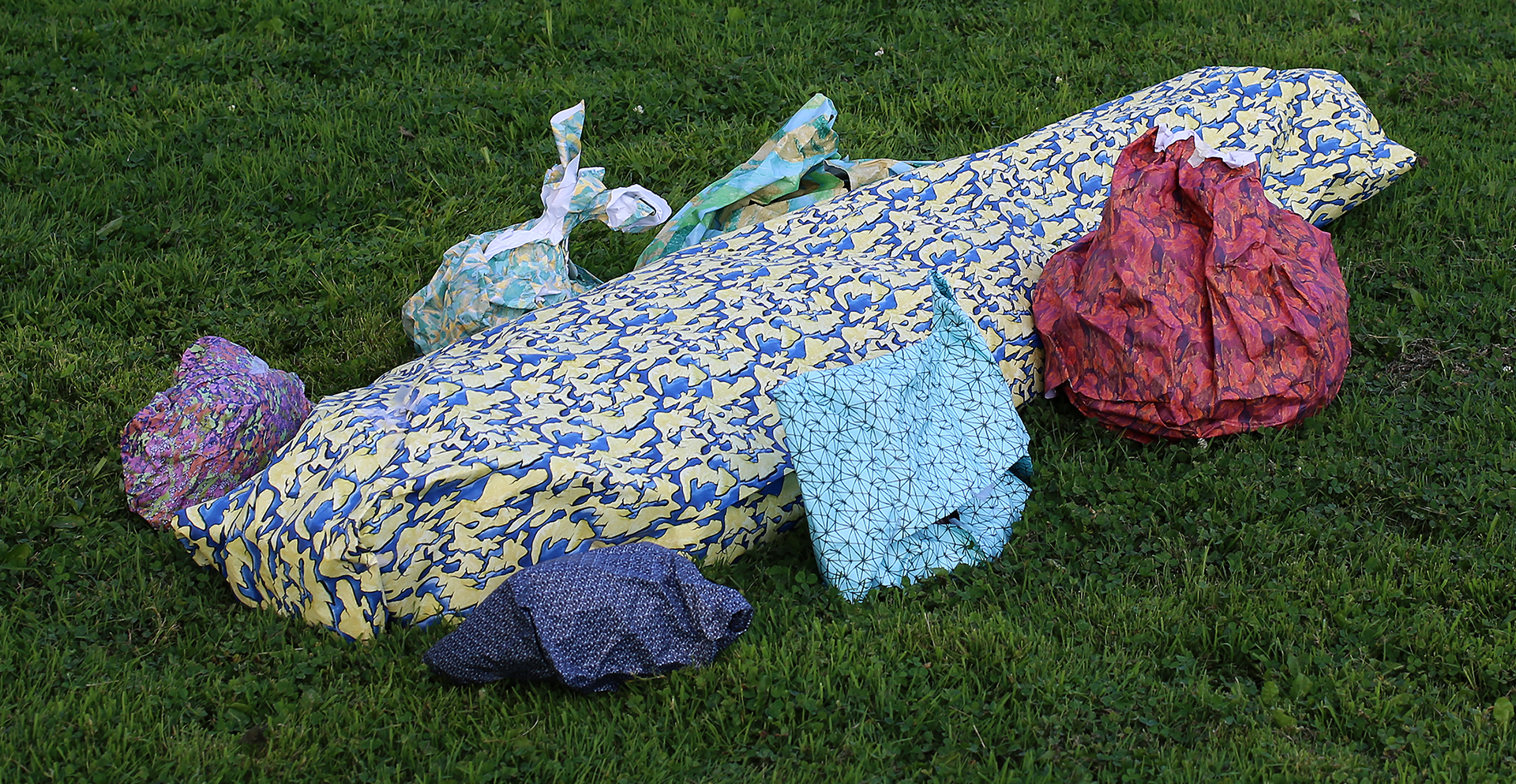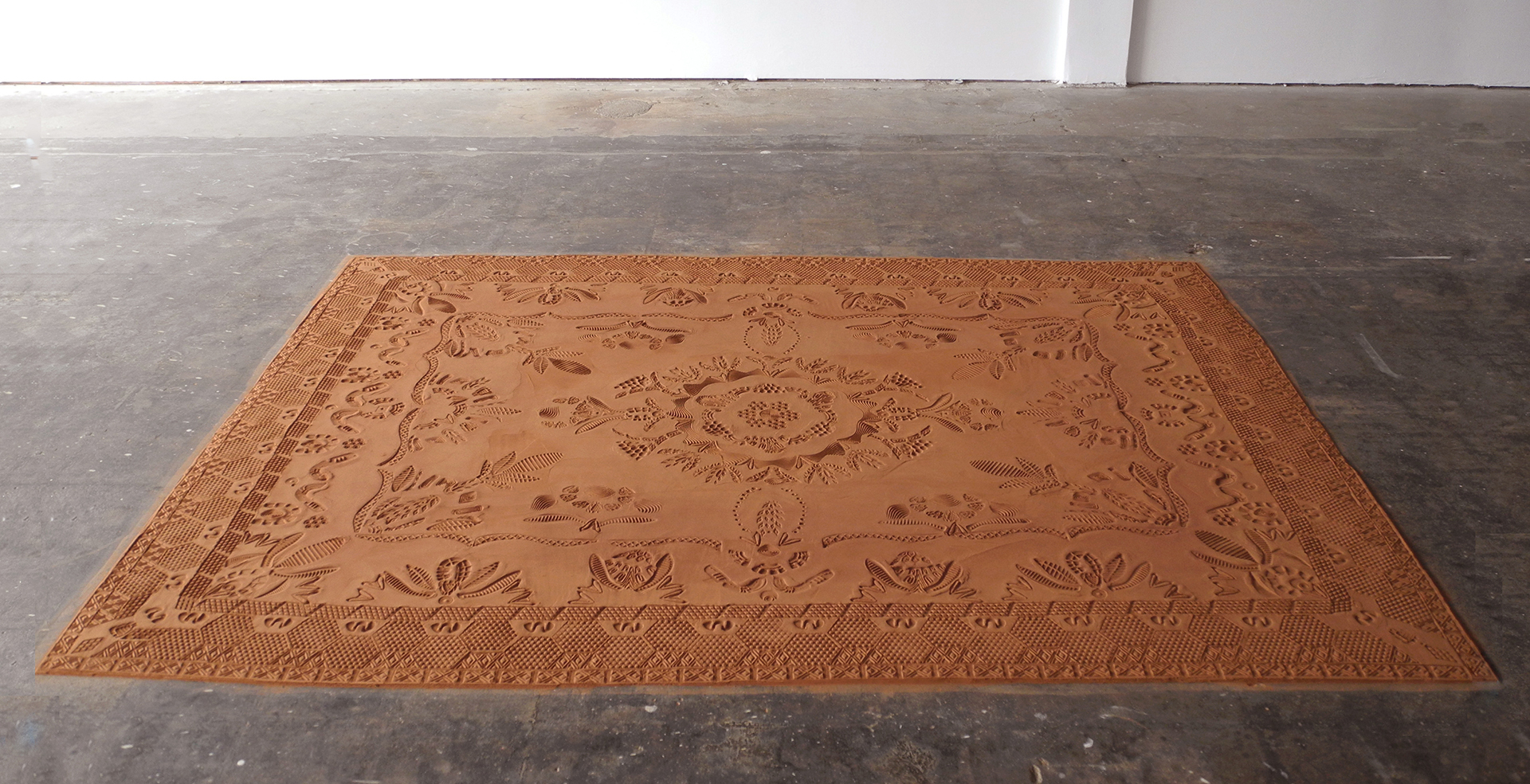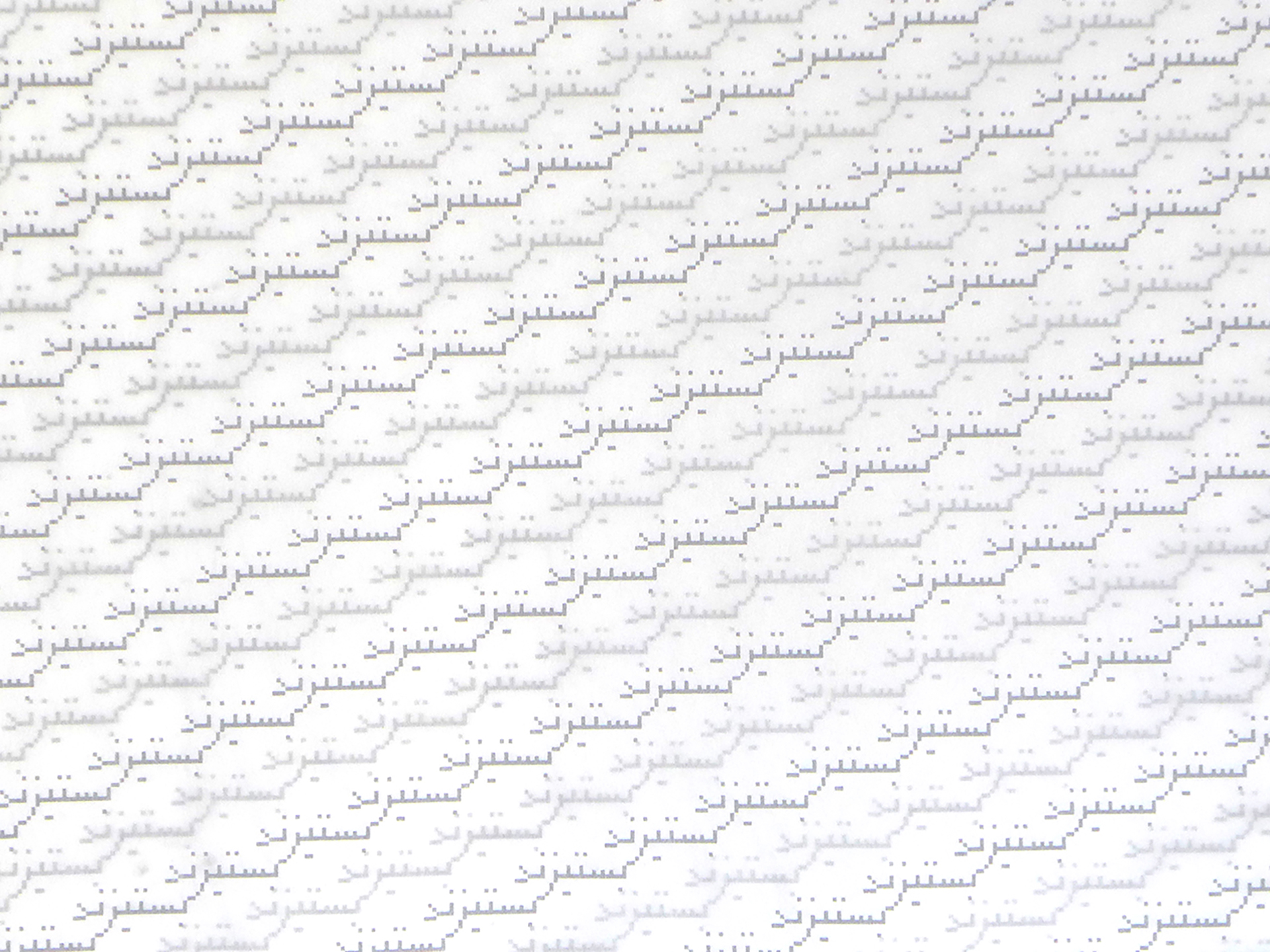Exhibitions
Exhibition Statement
By Yoonmi Nam and Ruben Castillo
As printmakers, the processes and methods inherent in printmaking are imprinted in how we understand and work as artists. Even when exploring other methods and approaches to art making, we often bring print-based ideas and logic to our expanded works. In this exhibition we highlight contemporary artists whose use of “print” in their works is not only limited to the process but also as an emergent strategy. Our curatorial approach is both material and conceptual. By anchoring our theme to the word “imprint” and its definitions, we explore artists’ works that use literal imprinting of materials (impressions, reproduction, etc.) in their works while also exploring ideas of psychological and intangible imprinting such as filial imprinting, legacy, lineage, memory, history, and archive.
The six contemporary artists featured in this virtual exhibition use imprinting as an act of making, in addition to bringing forth conversations about identity, humor, community, personal and shared history, legacy, injustices, and societal and environmental crises. Alex Younger and Golnar Adili explore how language and meaning can become embedded as an act of craft and labor, producing reparative reads found in everyday objects. Text and architecture feature in their work to remind us that history is a constructed thing, that we are capable of undoing histories of trauma, violence, and disorientation.
Finding similar poetic potentials within their surroundings, artists sTo Len and Rena Detrixhe collaborate with nature to reveal and highlight the impact of humans on our environment. Len’s practice showcases printmaking’s ability to make the invisible visible. For Detrixhe, impression and contact highlight what makes one’s land special. Attention becomes a way to heal and reshape. These are liberatory practices, centering on care and tending. Likewise, these acts of nurturance manifest themselves in the detritus of performances by Derick Wycherly and Henry Gepfer. In Wycherly’s works, meaning comes from the communal gestures of care and craft traditions. These emotional and social histories become solidified into the printed matter, giving permanence to ephemeral moments. Gepfer’s theatricality highlights the artificialness of labels society has built into our conceptions of identity and self-worth. The resultant prints capture these events as traces or evidence––proof of new possibilities.
These works showcase what can extend beyond a singular understanding of predetermined terms, forms, spaces, and methods of making. Action is transformative, generating new meaning, as these artists reveal. Each of the suggested ideas illustrates printmaking’s porousness as an artistic medium––there are no rigid formal boundaries they occupy as definite as “sculptor,” “printmaker,” “painter,” or “photographer.” Their interdisciplinary research showcases print media as always about becoming, emergence, and new futures.


